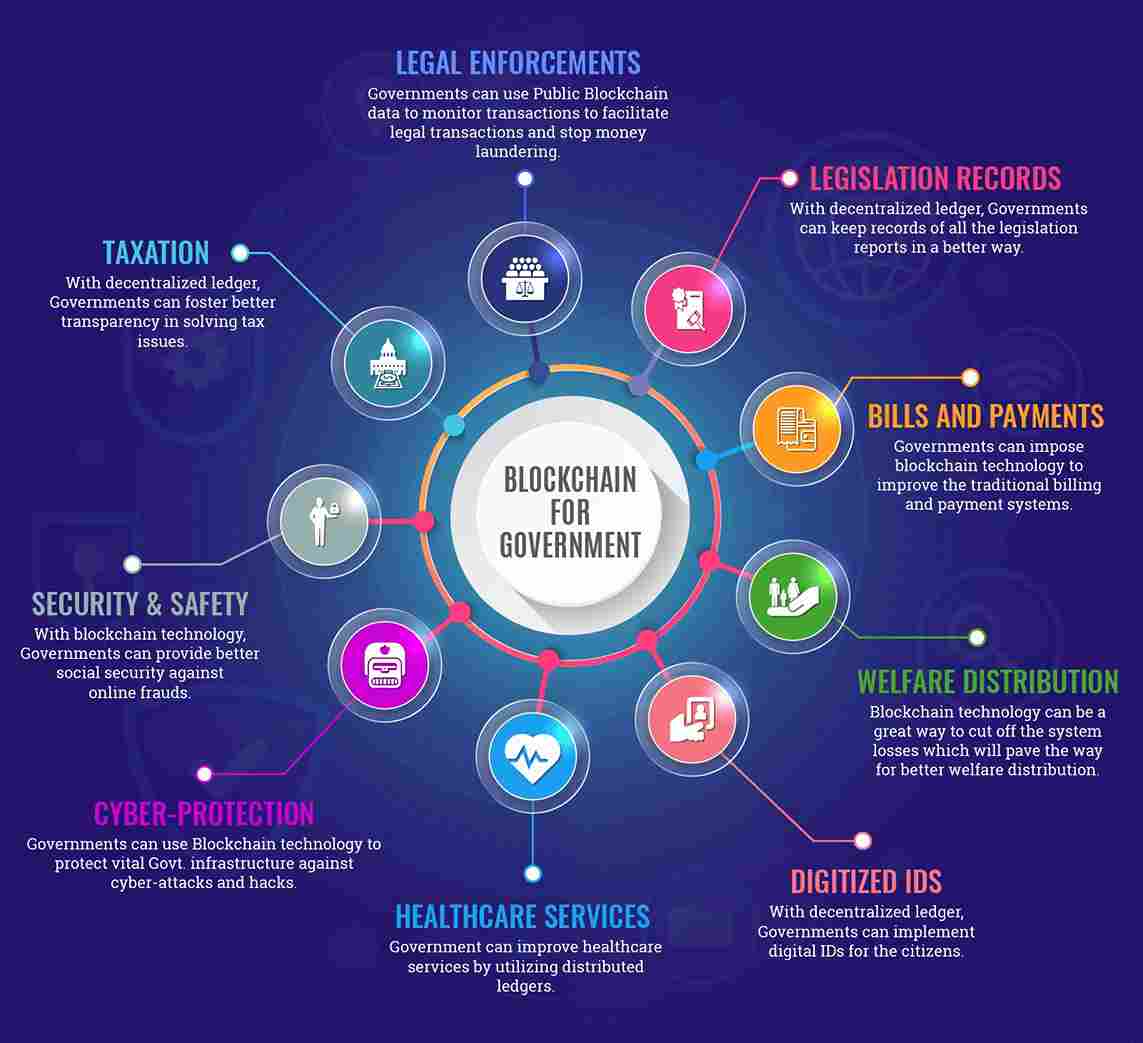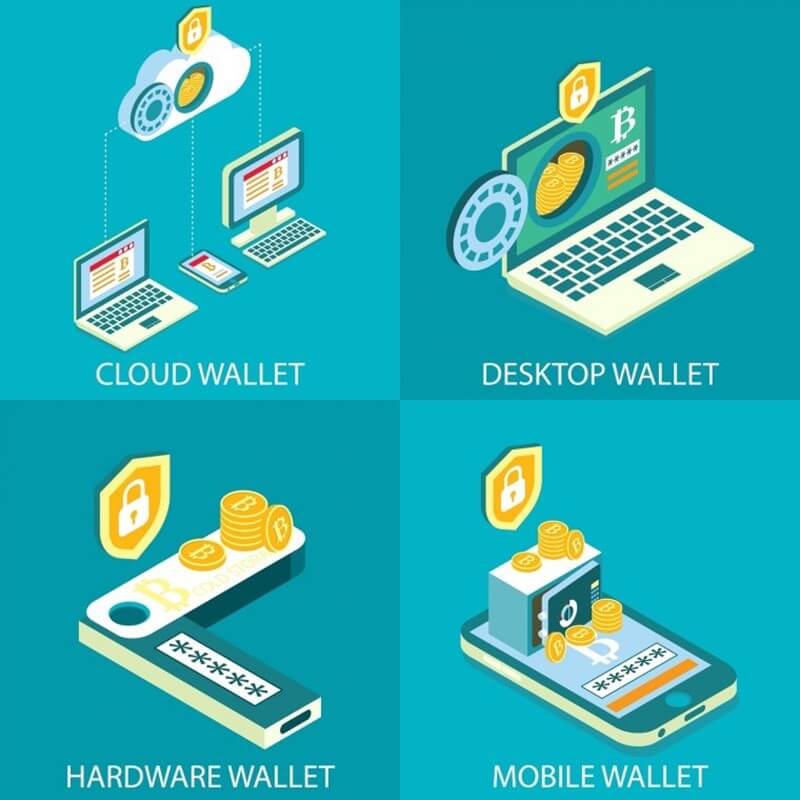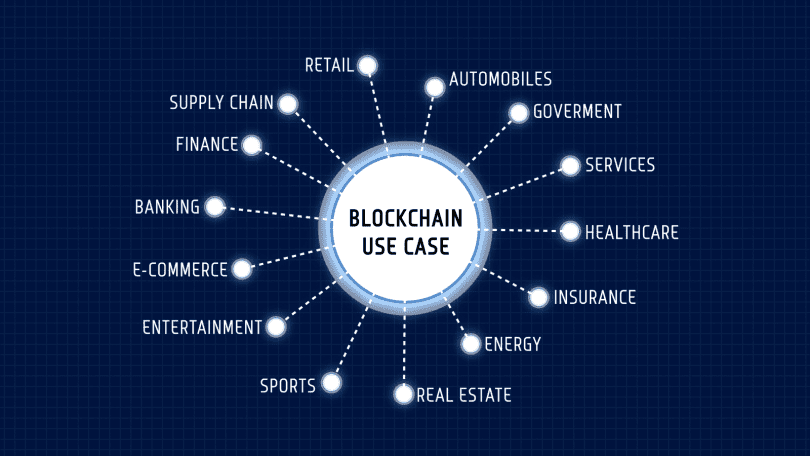When news breaks of another blockchain hack, you might wonder about the impact of hacks on blockchain adoption. Sure, these events make headlines and shake investor confidence, but what’s the real story? I’m here to cut through the hype and fear. As we dive into the gritty details of blockchain vulnerabilities and security breaches, I’ll show you not just the risks but also the resilience. Get ready to explore high-profile cryptocurrency security incidents and their outcomes, and understand how these events shape the trust in blockchain technology. Together, we’ll unravel the complex web of smart contract weaknesses and their effects on user confidence. Join me as we dissect the ripple effect of hacking incidents and chart a course towards not just rebuilding trust, but hardening the very core of blockchain systems.
Understanding Blockchain Vulnerabilities and Security Breaches
Common Exploits and Their Origins
Every system has weak spots, even the mighty blockchain. Here’s what bites: hackers love holes. They use these to sneak in and steal stuff. A bit like having a broken lock on your front door. Experts dive deep to find these holes and plug them. It’s a tough game, but someone’s got to do it. Like me, I spend my days and nights figuring out how these bad guys get in and how to kick them out.
The most common weak point? Smart contracts. Think of these as programs that make deals go through on their own. Now picture a program with mistakes in it. Yeah, not good. Hackers use these mistakes like a secret passageway to trouble. We call these vulnerabilities. They can wiggle in and mess things up, from stealing coins to making the whole system unstable.
Another sore spot is how the blockchain talks to the outside world—through things called oracles. Think of them as messengers. If a hacker fools the messenger, the blockchain gets the wrong message. This can lead to bad decisions, which you guessed it, leads to more trouble.
And remember, with blockchain, we’re trusting computers over people. So, these breakdowns really rattle folks. When people hear about a hack, they get scared. They start thinking the whole place is about to fall apart. But our job in security is to make sure it doesn’t.
We do this by poking and prodding the blockchain ourselves, finding where it might break. Then we toughen it up. It’s a bit like training it to be a superhero, ready for any battle that comes its way.
High-Profile Cryptocurrency Security Incidents and Their Outcomes
Now, let’s talk big mess-ups. When a crypto exchange gets hacked, it’s all over the news. People lose money, they lose trust, and they ask, “Is my money safe here?” Trust falls, and panic can spread fast. Imagine millions, even billions of bucks, just gone! Crypto giants have fallen, and so does investor courage.
Take the Mt. Gox spill; that was a disaster. It shook folks up a lot. It was one of the first to tell the world that even mighty cryptocurrency exchanges can get robbed. Hackers made off with a fortune, and trust? That took a hit too.
Or, think about the DAO hack. That was when someone outsmarted a smart contract. They drained millions out of this new, fancy decentralized group fund. Made everyone think twice about digital money safety.
Yet, here’s where it gets good: every time one of these horror shows plays out, it teaches us something. We learn where we’re weak and get strong there. It’s a painful way to learn, but it helps the whole community. We make the nets to catch these slips tighter and tougher. We build better security so your digital dollars stay put.
We’re in a world where we have to trust each other and the tech we use. When criminals hit, we get up, dust off, and say, “Not today, buddy.” That’s how trust gets built—in the heat of battle, fixing what broke. We all want a world where we’re not scared that our digital wallet might vanish. So, when hacks happen, we don’t just cry over spilled crypto. We get to work making sure it never happens again. We want blockchain to be a safe place you can count on, today and every day after.
The Ripple Effect of Hacking Incidents on Blockchain Technology Trust
Case Studies: How Hacking Incidents Affect Crypto Networks
When hacks hit crypto, trust takes a hit too. News spreads fast, and fear grows. People wonder if their digital cash is safe. Many times, they pull out, prices drop, and networks wobble. But it’s not all bad news. Networks learn, and security gets better. Let’s dive into real stories to see what happens after a big hack.
One big headline was about The DAO, a smart contract on Ethereum. Hackers found a gap and took millions in Ether. People were shocked. They thought smart contracts were safe as houses. Ethereum had to split to fix it, creating Ethereum and Ethereum Classic. Trust took time to rebuild. But Ethereum learned a lot. It’s now more secure and still grows strong.
Another case is the Mt. Gox mess. It was a huge Bitcoin exchange. Hackers stole a big chunk of Bitcoin. This was a wake-up call. People thought twice about where to keep their coins. Exchanges upped their game. Now, they work harder to protect our crypto.
Such incidents teach us two things. Crypto is risky, and it can be tough to protect. But each hack teaches us. Networks and tech get better. Smart contracts get tighter. This means more safety for all.
Smart Contract Weaknesses and Their Impact on User Confidence
Smart contracts are like magic deals locked in code. They run on blockchain and do their thing without bias or break. But they’re not perfect. They can have gaps called weaknesses. When these gaps open, bad folks can sneak in and cause chaos.
If someone finds a gap in a smart contract, they might take what’s not theirs. This scares people. They lose faith in the system. It’s like if someone got into a bank vault without a key. The bank must show it’s safe again to win back trust.
After a hack, it’s not the end, though. Teams get down to work. They look for other gaps and close them up. They make smart contracts tougher, so they won’t break next time. This helps rebuild trust. Remember, smart contracts run big things like games and loans in crypto land. We need them to work right.
People need to know that their digital gold is safe. That means smart contracts must be iron-clad. Every time one breaks, and we fix it, we learn. That brings back trust. It’s a cycle. Break, learn, build, and trust again.
Hacks do shake us. But they’re also how we grow stronger. With each fix, we trust the tech a bit more. Crypto is still new, and it’s finding its feet. Like pioneers on a wild new frontier, there’s risk but also big hope.
Keeping crypto safe is key for its future. With care and hard work, we can protect it better every day. Trust comes back, innovation goes on, and blockchain’s promise keeps its shine.
Strengthening Decentralized System Security Post-Hack
Security Protocols and Their Evolution in Blockchain
When blockchain gets hit by hackers, people worry. Will their money be safe? Here’s my take. Hackers teach us lessons. We learn and make blockchains tougher. Each hack in the crypto world helps. It shines light on weak spots. Then, these spots get strong.
We’ve seen security protocols grow over time. For example, after some attacks, we added better encryption. We changed how users gain access. Every step made the blockchain safer. Hackers find it harder each time. People working on blockchain don’t sit still. They fight back with stronger tools.
We make sure to watch all the data. We track everything that happens on the chain. This way, when something bad pops up, we catch it fast. Also, we test the systems a lot. We run what we call ‘attack drills’. We pretend to hack into our own systems. This shows us what could go wrong. It keeps us ready for real threats.
Now, let’s talk ‘transaction verification’. This is the heart of blockchain trust. It’s like having a bunch of guards checking all the time. They’re our first line against hackers. With better checks, we spot trouble before it gets in.
The Role of Decentralized Finance (DeFi) Risks in Advancing Blockchain Security Solutions
DeFi changed the game in good and tough ways. It made finance open to everyone with internet. But with the big rewards, came big risks too. DeFi platforms have been hit by hacks, yes. We can’t deny it. But here’s the thing. Every time DeFi gets hit, we learn. We build back stronger.
Smart contracts—are they weak? Some say yes. But think of them as learning tools. Each hole we find gets us one step ahead of the bad guys. Smart contracts are like puzzles. Crack one, you’re ready for the next. And every puzzle solved means a safer DeFi space.
We’ve seen big hacks in DeFi. They scare folks. That’s okay. Scared means you’re paying attention. When we pay attention, we push for better safety. This is why we talk to everyone using DeFi. We help them understand the risks. We show them how to keep their coins safe.
Confidence in blockchain post-hack? It wobbles, but it doesn’t fall. People get nervous, sure. But then they see us working hard. They see things getting better. They learn to trust the blockchain more every day. Trust comes from watching us fight the hacks, and win.
After a hack, we don’t just patch it up. We ask, ‘How can we make sure this never happens again?’ We use the latest tech to shield the blockchain. We prep for the worst. Hope for the best. This way, people stay in the game. They keep trusting, investing, and growing the blockchain world.
Remember, every system can be cracked. But in the crypto space, we don’t give up. We don’t just fix and forget. We look at what went wrong and get to work. Our goal? A blockchain so tough, hackers won’t bother trying. And every day, we’re getting there.
Rebuilding Trust in Blockchain Systems: Measures and Perceptions
Implementing Blockchain Risk Management and Audit Processes
Blockchain hurdles may seem high post-hack. But trust can rebuild with solid steps. It starts with knowing the risks. Smart audits and strict protocols play key parts. They catch weak spots in blockchain systems. Thus, they stop thieves before they strike. We must check smart contracts for any holes. We do this through code testing and peer reviews. Then, we fix bugs fast.
This step shields us from future threats. It also keeps users’ trust afloat. Think secure codes are enough? Think again. We need full-time monitoring, too. This warns us about odd behavior on the network. So, we can act fast against any mischief.
Crypto exchanges must get on board as well. They’re where many people trade and store digital cash. They can be ripe targets for crooks. These platforms need tight security checks. They should follow top-grade safety tips. Regular checks ensure nothing sneaks past defenses. What if a breach does happen? Clear, quick reports must follow. Users need facts to feel safe and stick around.
Safety doesn’t end with a bug-free system. Teaching users adds another shield. We show them how to spot scams. Plus, we teach them safe ways to store their coins. These steps make blockchain tough for bad guys to crack.
Analyzing User Sentiment and Its Impact on Blockchain Technology Adoption Post-Breach
How do users feel after hacks? That’s key to adoption rates. Trust in tech falls when money vanishes. Reports and news can stoke fears. If we’re to keep trust from dying, we need to listen to users. Their take on the platform’s safety matters.
Surveys and forums are where they speak. What they say guides our fix-up plan. When users see action, trust can bloom again. They want honest talks about blockchain safety. We must tell them how their assets stay safe. This puts their minds at ease. They feel part of the blockchain tribe.
Real talk on issues shows we’re not hiding. It builds faith in the tech. Users know that their voice has power. That’s how we improve together.
Hacks shake trust, alright. But with each fix, trust can grow stronger. Why? Because users see us fight back. They know we’re working non-stop to keep things tight. That keeps trust in the game. It’s not just about stopping hacks. It’s about earning users’ belief in blockchain. When they sign up, they want peace of mind. That’s what we aim to give, every time.
Trouble can happen. Yet, the key is how we rise after a fall. We tighten security. We talk openly about what went wrong. Then we show how we stop it from happening again. This tells users they’ve bet on a strong horse. And that is how you win faith after a spill.
In short, trust can shake, but it won’t break. Not when we face issues head-on and fight back smart. Resilience is the blockchain’s secret sauce. When trust stays strong, so does blockchain’s future. And that’s a bet worth making.
In this post, we explored how blockchain can be vulnerable and looked at real security problems. We saw how big hacks can shake trust in crypto. We learned even solid tech like smart contracts have weak spots that can hurt confidence. But there’s good news! After attacks, better security steps come out. Even the risky DeFi scene helps make blockchain safer. Lastly, we saw how risk management and understanding users’ views can rebuild trust in blockchain. Remember, every challenge can lead to stronger, bulletproof systems. Stay safe and trust smart!
Q&A :
How do hacks and security breaches affect the perception of blockchain technology?
Hacks and security breaches can lead to widespread distrust among potential adopters and users of blockchain. They often highlight the vulnerabilities present even in decentralized systems and can deter individuals and businesses from investing in or using blockchain-based solutions.
What measures are being taken to mitigate the impact of hacks on blockchain adoption?
The blockchain community and developers are continually working on enhancing security protocols, developing more robust smart contracts, and employing advanced cryptographic techniques to minimize the risks of hacks. Increased regulation and standardization efforts are also being considered to foster a more secure blockchain ecosystem.
Can blockchain technology still be considered safe despite the prevalence of hacks?
While no system can be considered completely immune to breaches, blockchain technology is still regarded as one of the safer digital ledger technologies, largely due to its decentralized nature and cryptographic foundations. By learning from past incidents, the technology continues to evolve and strengthen its security measures against potential hacks.
How do hacks impact the future development and innovation within the blockchain industry?
Hacks often serve as a wake-up call, spurring innovation and improvements within the blockchain industry. They lead to a better understanding of the technology’s shortcomings, prompt the development of more sophisticated security solutions, and drive community and developer collaboration to ensure a more resilient infrastructure.
What role does the community play in protecting blockchain against hacks and fostering adoption?
The blockchain community plays a critical role in safeguarding the ecosystem against hacks through collective vigilance, reporting vulnerabilities, and contributing to open-source projects. Community-led initiatives and forums are essential for disseminating knowledge, best practices, and supporting wider adoption by increasing confidence in blockchain technologies.





